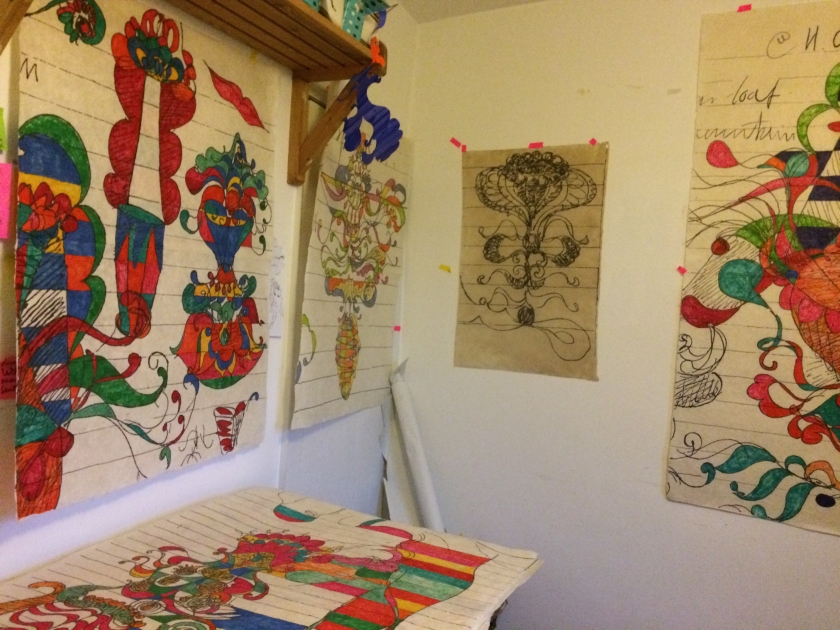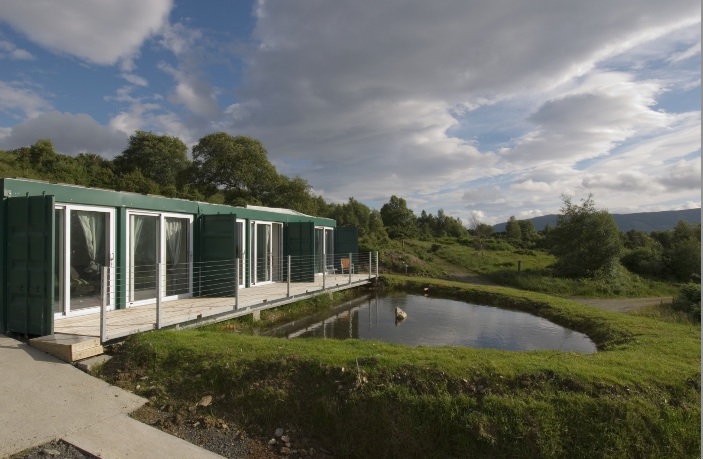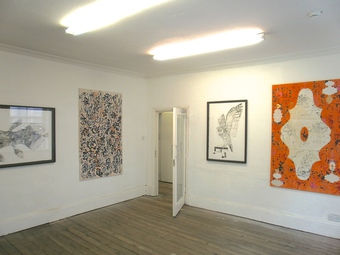

 For years I’ve made work from doodles made when on the telephone – I kept a note pad and pen by the phone, on a small table, in the front room. With my stammer – often worse on the phone, doodling helped me through some difficult conversations. Two things went side by side: the taking in and jotting down of information, and my own inner thoughts, filtering. Later, I would make installations and paintings from some of the doodles.
For years I’ve made work from doodles made when on the telephone – I kept a note pad and pen by the phone, on a small table, in the front room. With my stammer – often worse on the phone, doodling helped me through some difficult conversations. Two things went side by side: the taking in and jotting down of information, and my own inner thoughts, filtering. Later, I would make installations and paintings from some of the doodles.
Now that phones are no longer attached to a fixed place and have been released from their moorings, there is less conversation: I text rather than phone, or send an email, or chat while I’m on the move. Now I often doodle when I’m taking a break from writing, or sitting at the kitchen table, biro in hand (my favourite is blue, bic). Radio in the background, I might note down what’s being said – a few words or a phrase that seems to resonate, alongside my familiar faces, forms and patterns; the lined paper in my notebook contains the writing, and gives an underlying structure to the curves and filigree of the doodles.
The ‘news’ or radio talk has taken the place of those phone conversations I used to have. Sometimes I listen, incredulous, often angry or sad; sometimes amused or bored. For the first time, the outside world, or politics has entered the work: ‘What did she know?’ ‘When did she know it?’ ‘The niceties of international diplomacy’ ‘…seeking to end this slaughter and bloodshed.’ And sometimes, there are no words at all.
Later, weeks or months later, I sift through the doodles and make further drawings. More recently I’ve been colouring in the doodles themselves, with coloured pencils, sometimes following the ruled lines of the page and sometimes the drawing, so they’re transformed, enhanced, and emotional. I have rheumatoid arthritis, so my energy levels are low, and I’m not as mobile as I used to be. But at least I can make these drawings. It’s been a soothing and empowering process.
Recently, I’ve gone on to larger works, projecting Xeroxed acetates from old phone doodles mostly. I like the larger scale – poster sized and even bigger, the vivid colour of the spirit based inks, and the way the paper absorbs the colour (lotka paper, which I can increase in scale by gluing pieces together). These works move from an intimate space to a more public one – on the wall and in your face. I like that.


 Life Room
Life Room





